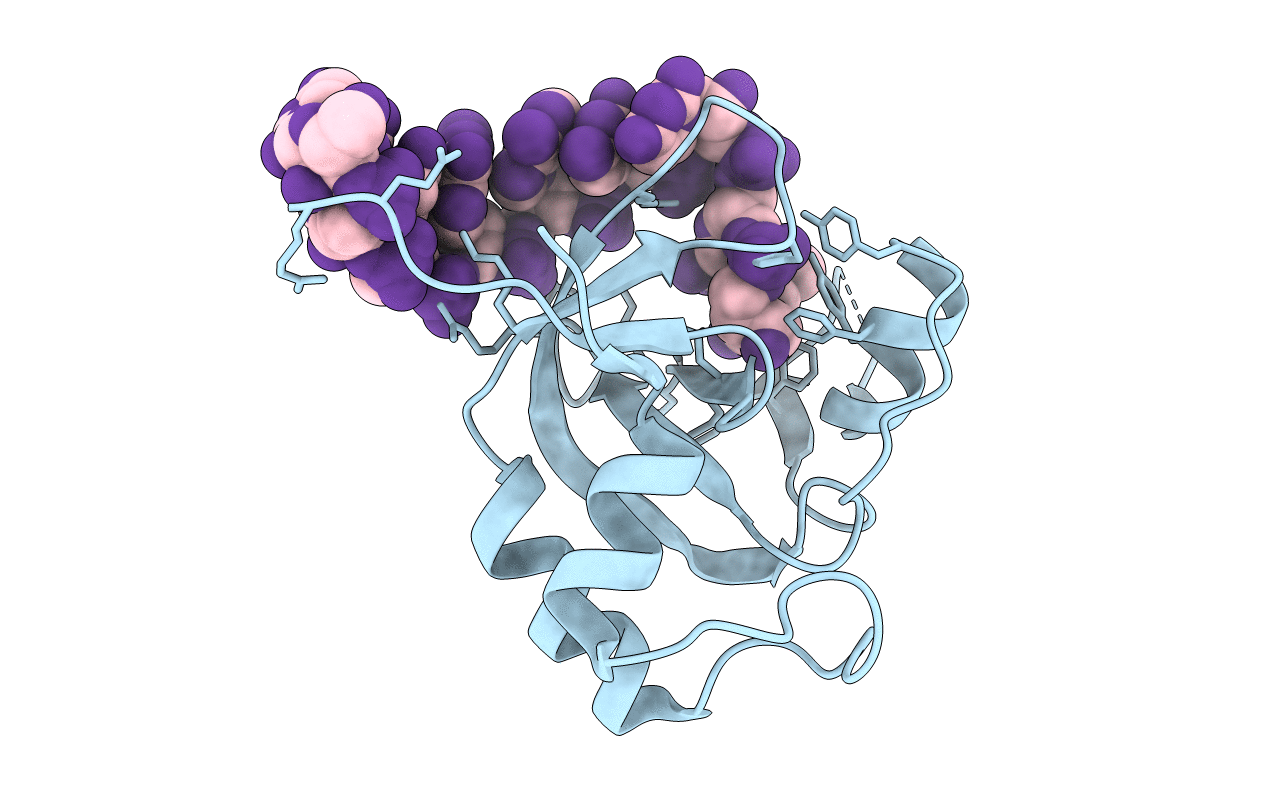
Deposition Date
2004-02-26
Release Date
2004-05-25
Last Version Date
2024-02-14
Entry Detail
PDB ID:
1SI2
Keywords:
Title:
Crystal structure of the PAZ domain of human eIF2c1 in complex with a 9-mer siRNA-like duplex of deoxynucleotide overhang
Biological Source:
Source Organism:
Homo sapiens (Taxon ID: 9606)
Host Organism:
Method Details:
Experimental Method:
Resolution:
2.60 Å
R-Value Free:
0.26
R-Value Work:
0.22
R-Value Observed:
0.22
Space Group:
P 64


